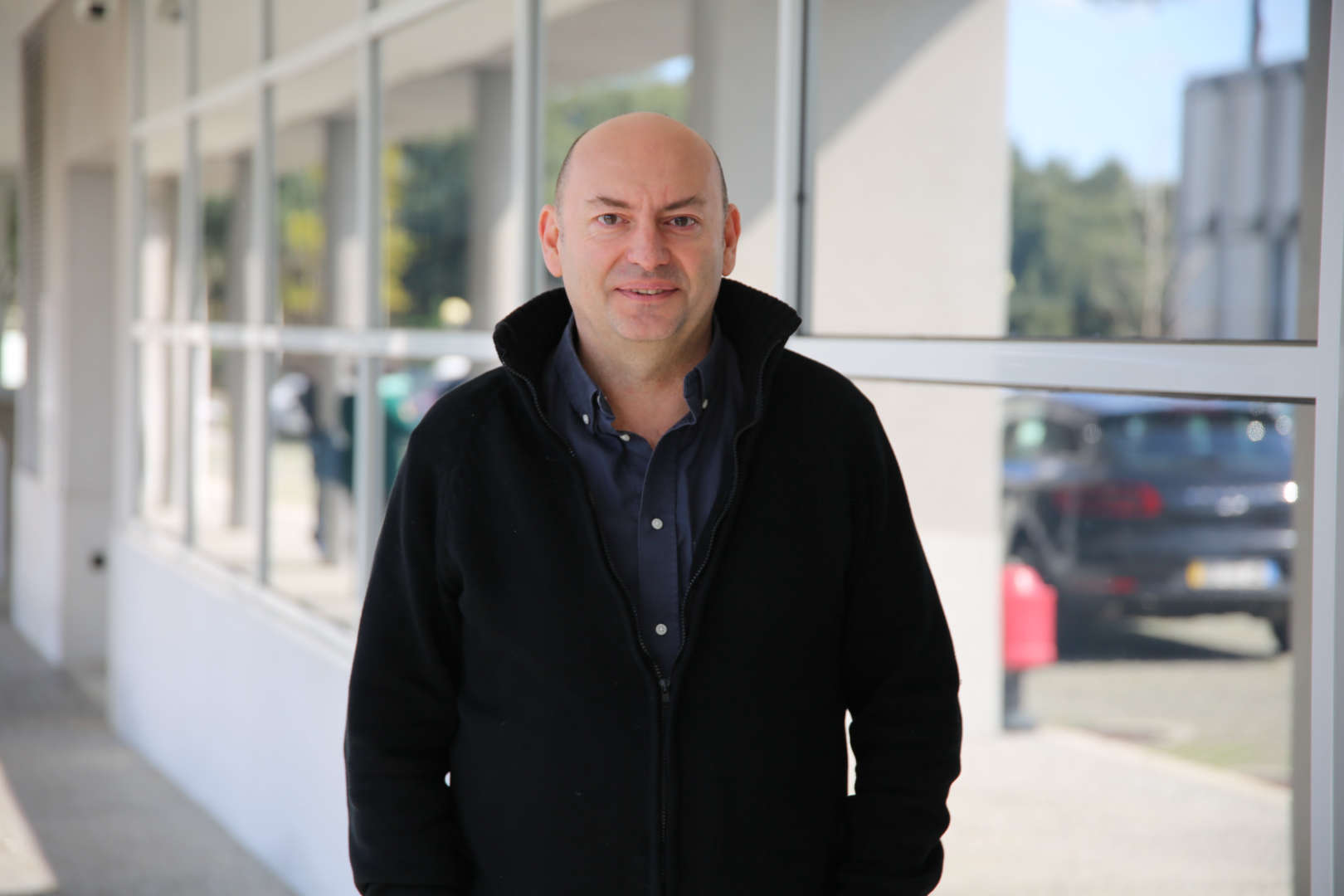Sobre
Nascido em 1967 em Madrid, José Villar é investigador sénior do Centro de Sistemas de Energia do INESC TEC desde 2017, sendo atualmente responsável pela área de Mercados de Eletricidade que se dedica à modelação e regulação dos mercados de eletricidade num contexto de descarbonização e descentralização do sistema energético. Doutorado pela "Escuela Técnica Superior de Ingenieria-ICAI" da "Universidad Pontificia Comillas" (Madrid) em 1997, foi membro do "Instituto de Investigación Tecnológica -IIT" da mesma universidade e subdiretor de 2004 a 2016, e Professor Associado até 2017 na mesma universidade. Participou em mais de 80 projectos de investigação com a indústria e as administrações, e foi co-autor de mais de 140 artigos de investigação em revistas e conferências internacionais. As suas áreas de interesse centram-se na modelização e regulação dos mercados de electricidade, na integração de fontes de energia renováveis e na descentralização do sistema energético.


